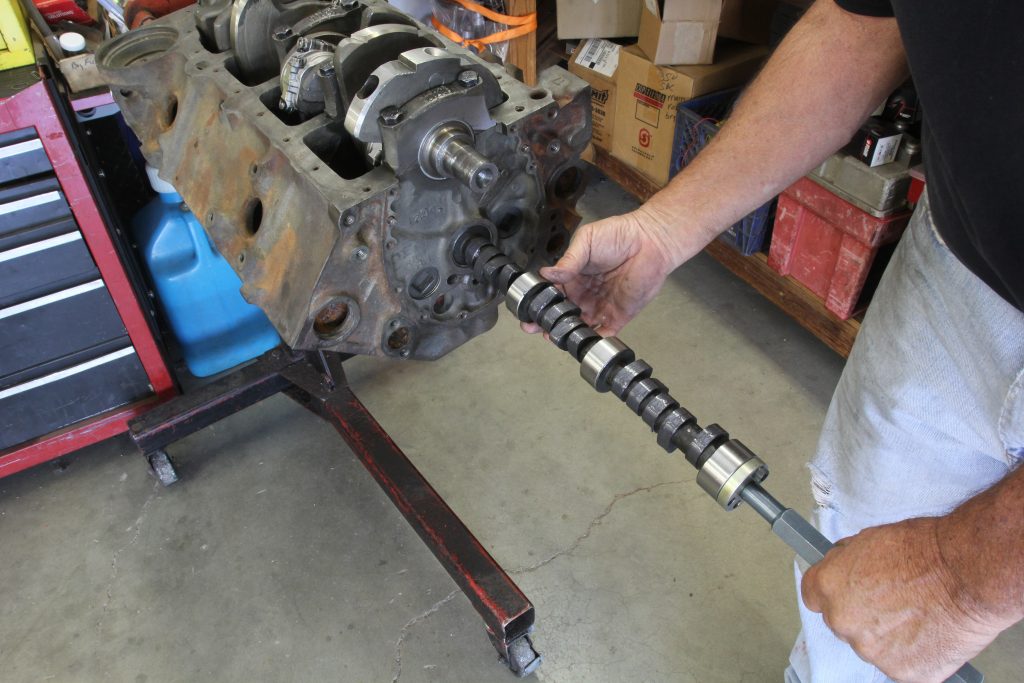
There was a time almost six decades ago when screaming, carbureted small-block Chevy engines with big carburetors and 11:1 compression rolled off the assembly line and roamed the earth as daily drivers. Four speed manual transmissions and deep gears were required accoutrements and they employed both hydraulic and mechanical flat tappet lifers to organize the mayhem. Those rowdy small block Chevys had a sound all their own.
Summit Racing also has muscle car camshafts for big block Chevys, along with muscle car camshafts for Ford, Mopar, Oldsmobile, and Pontiac.
While the 21st Century has given way to quiescent hydraulic roller lifters and EFI, there’s still a place in the world for a solid lifter L-79 327 capable of spinning to 7,000 rpm. And now with superior cylinder heads and better breathing, there’s an opportunity to build a trick 327 or 350 while still hanging onto those adventuresome early days.
To bring back those great days, Summit Racing now offers a selection of replacement muscle car flat tappet hydraulic and solid lifter cams that spans that entire generation of small blocks from the early 1963-65 Fuelie L-79 365 hp 327 solid lifter engines all the way to the 1970 LT1 350 mechanical lifter version. In between are a number of other grinds including the conservative L-82 350 option from the late 1970s.
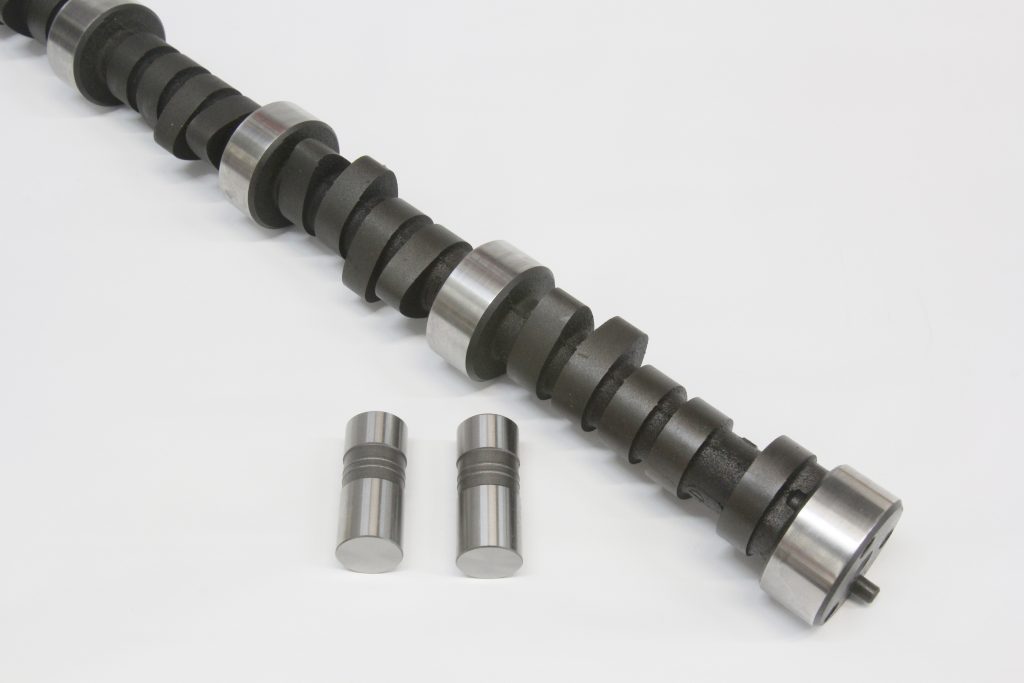
Selecting the Right Summit Racing Muscle Car Camshaft for Your Small Block Chevy
We’ve assembled a chart that lists all seven small block versions of the Summit Racing Muscle Car series camshafts and their specs, offering seven choices for setting your small block Chevy wayback machine. While the temptation is to always go with the biggest cam with the most valve lift, there are a few variables that deserve closer inspection. For the big block guys, Summit Racing offers a selection of Rat motor Muscle cams that we will detail in a separate story and we’ll follow that with a piece on cams for Pontiacs, Oldsmobiles, Mopars, and Fords.
Before we get into the details, if you are not familiar with the cam specs, it would certainly be worthwhile to take a moment to read our story on how to read a cam card that will help with definitions for each of these specifications. You can find that story by clicking here.
While all of Summit Racing’s new Muscle Car cams will physically fit into any small-block Chevy from 1955 forward, the best way to narrow down your selection would be to identify exactly how your engine will be used. For a mild 327 1964 Impala or 350 Chevelle cruiser equipped with an automatic and 3.08 gears, a hydraulic cam like the L-48 version (SUM-1120) or perhaps the L-82 cam (SUM-1122) would be excellent choices.
Of course, if you’re building a tribute small block to the famous 1965-68 L-79 327 with its big heads and 0.447-inch valve lift, this hydraulic lifter cam made that small block a potent screamer in its day. This cam offered decent street manner since it came with a 114 degree lobe separation angle (LSA).
The LSA spec deserves some attention because it is often misunderstood. The LSA is defined as the angle between the exhaust and intake lobe centerlines and determines the amount of overlap. An LSA of 110 degrees is designed to increase the amount of overlap which tends to improve mid-range and top-end power but sacrifices idle quality. The majority of the small block Muscle Car cams listed here employ an LSA between 112 and 114 degrees. The wider LSA specs are used in cams with longer duration numbers since overlap is automatically increases as duration increases.
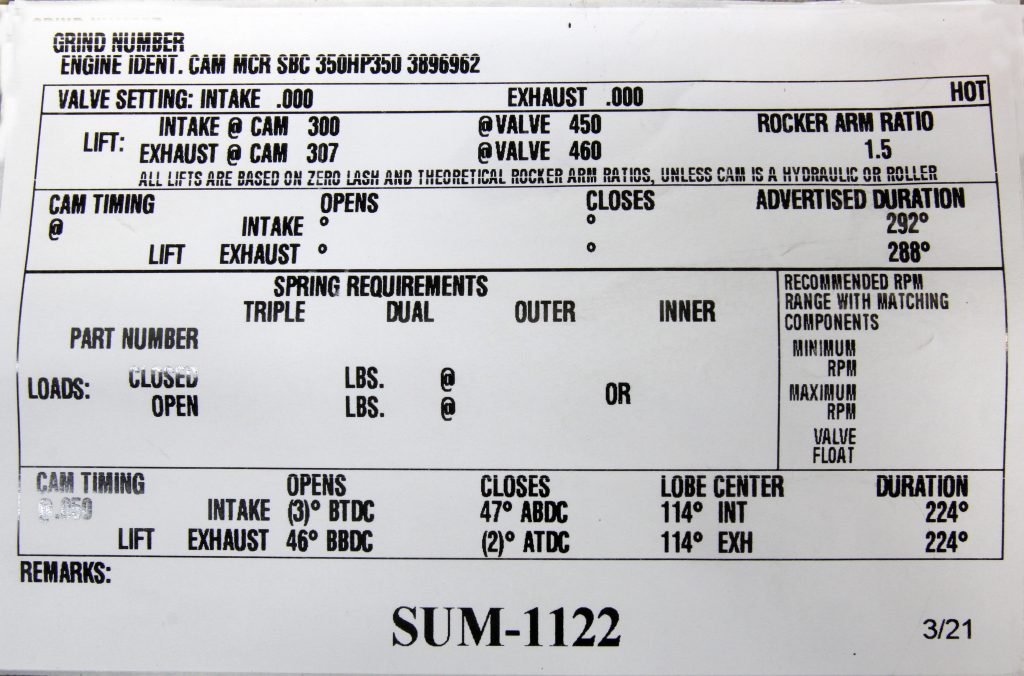
In our example cam card, you may notice that it lists Lobe Centers for both the intake and exhaust but does not specify the LSA. These are the individual centerlines for each lobe. To calculate the actual LSA, just add the two individual centerlines and divide by two. In this example because both values are the same, the LSA will also be 114. To further clarify this, if the intake centerline was 110 and the exhaust was 114 then the LSA would be 112 degrees (110 + 114 = 224 / 2 = 112).
In the case of the 1967-69 Z28 engine, note that this cam uses a very long 254/254 degrees of duration at 0.050 inch tappet lift for both the intake and exhaust lobes. This long duration needs a wider LSA of 114 degrees to improve the idle quality. This cam is often referred to as a “30-30” cam because of its 0.030 inch lash specifications. This wider clearance produces a more pronounced lifter clatter that gives these early solid lifter Z28 engines their distinctive sound.
The most aggressive of the Summit Muscle Car camshafts is the famous Z28 off-road cam (SUM-1125) sporting 257/270 degrees at 0.050 duration specs with 0.494/0.512 inch lift and a 112 degree LSA. One aspect of mechanical lifter cam specs that is sometimes overlooked is that the valve lift is a theoretical number. The actual valve lift number is lower because the lash must be subtracted from the max lift figure. So in the case of this Z28 off-road cam, on the exhaust side we must subtract 0.024 inch from the 0.512 inch spec. This produces a more accurate 0.488 inch valve lift number.
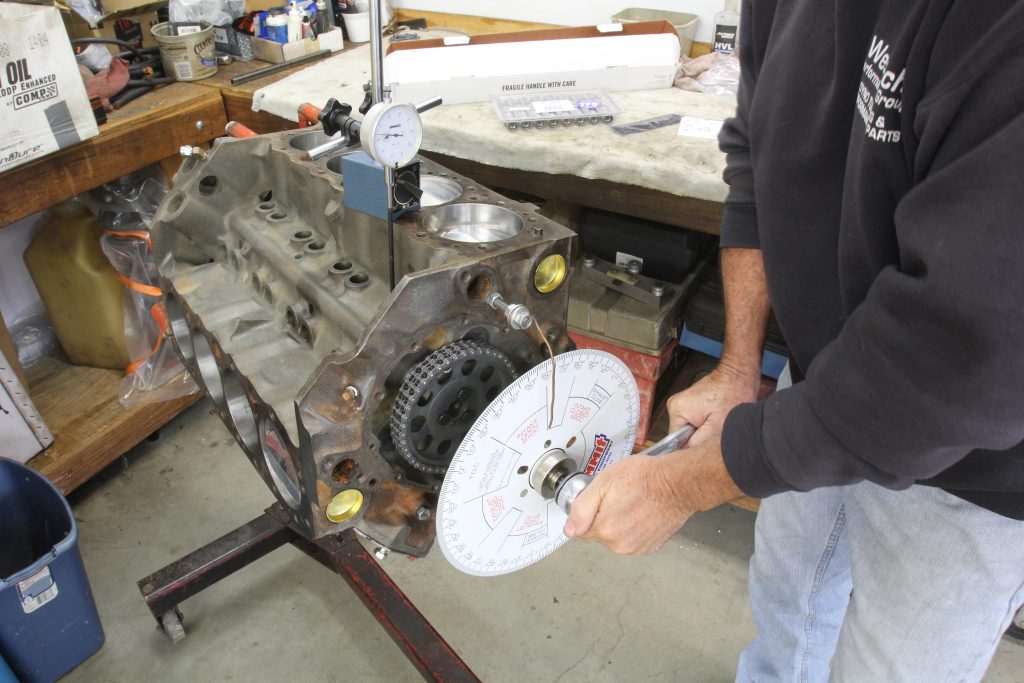
It’s also important to note that the longer duration camshafts, essentially those with 0.050 duration specs of more than 230 degrees on the intake side, will run best with higher static compression ratios of at least 10:1 to 10.5:1. These longer duration camshafts tend to bleed off cylinder pressure at low engine speeds and an 8.5:1 or 9:1 compression engine would be very lazy at low and medium engine speeds where most street engines tend to spend their time. A higher static compression ratio compensates for the cylinder pressure lost to valve overlap.
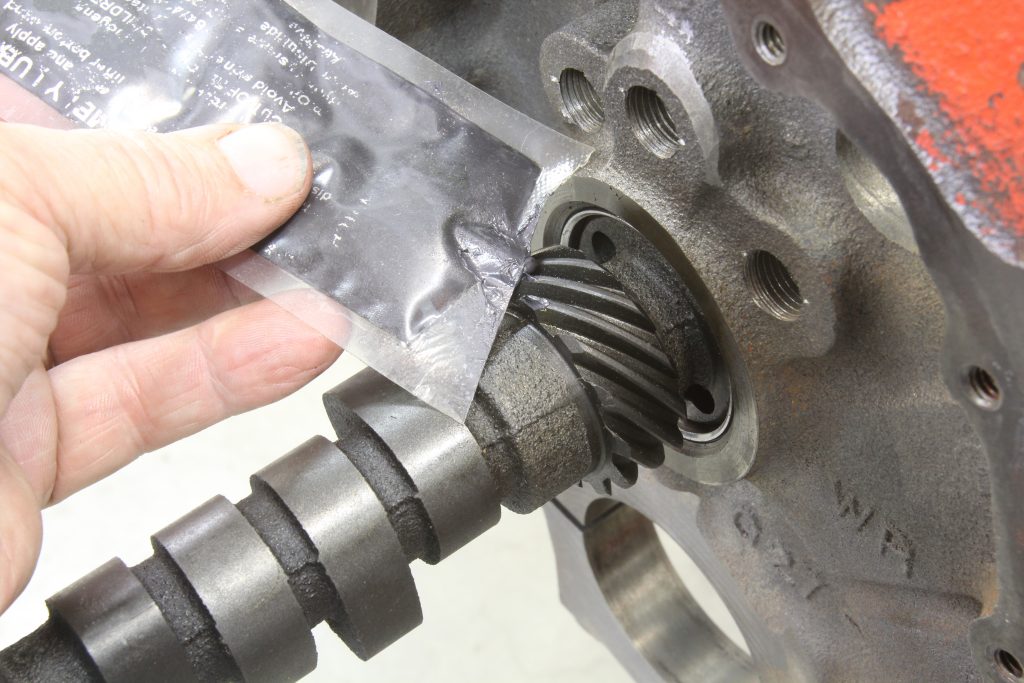
Summit Racing Small Block Muscle Car Camshaft Spring, Lifter & Installation Notes
Another area of concern for flat tappet cams is matching the cam with an appropriate valve spring. The cam spec chart also lists valve spring seat and open specs that you can use to help with this selection process. Most of the small block Chevy Muscle Car cams can be matched to a simple, single-wound stock diameter spring that offers 110 pounds of force with the valve closed (seat load) and a maximum lift load number of 280 to 300 pounds.
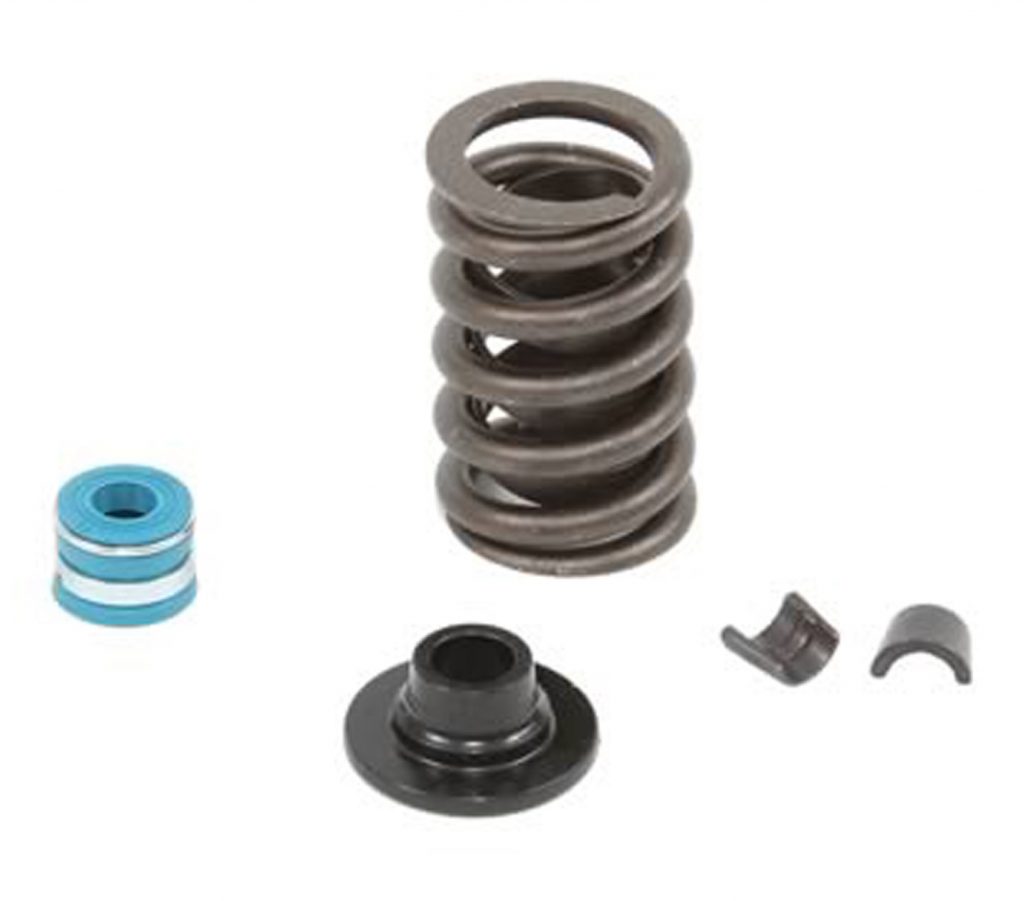
Summit Racing offers a single-wound spring with a damper that falls almost exactly within the range necessary for most of these cams with a seat load a 1.700 inch installed height of between 106 and 116 pounds. At a maximum valve lift of 0.450 inch, this spring will produce between 275 and 280 pounds of load on the valve. This is very close to several of the conservative hydraulic cams spring specs in this list. This Summit Racing spring kit includes matching retainers, locks, and a good Viton rubber valve stem seal.
The more aggressive mechanical flat tappet cams in the Muscle Car lineup spec a slightly higher seat and open pressures. This will demand a stronger single or perhaps a dual spring. A dual spring is an excellent choice because the inner spring can be removed during cam break-in. This reduces the load on the lifter and offers a better chance for a successful break-in.
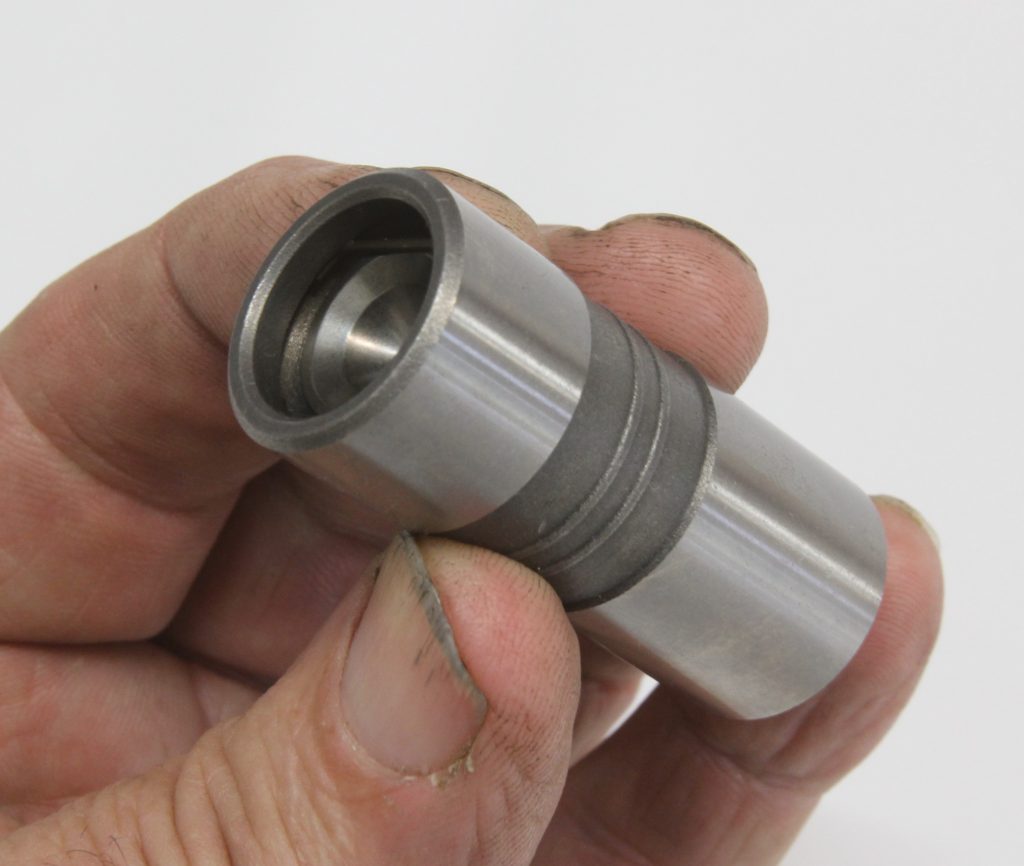
The break-in process is a very important step when it comes to first firing up engines with a new flat tappet cam and lifters. The first procedure during installation is to make sure to properly coat the lobes on the cam with a suitable break-in lube. This is crucial to provide lubrication for the first few engine rotations after the engine starts before oil can be splashed onto the lifters.
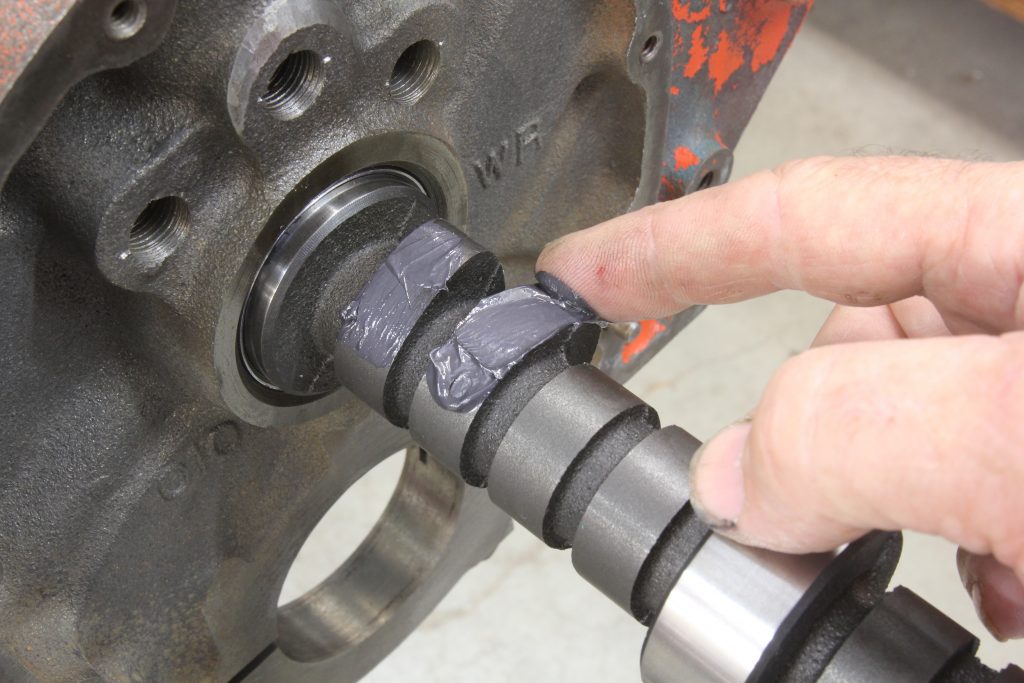
It’s beyond the scope of this story to list all the details of properly breaking-in a new cam. But one way to help ensure the flat tappet cam and lifters survive the initial run-in is to use a specific break-in oil. There are several companies offering high quality break-in oil, including Summit Racing. We’ve included some part numbers in Parts List that follows this story. There are several points worth mentioning however to give the cam every opportunity to successfully complete the break-in process.
Want a more detailed walkthrough of the flat tappet camshaft break-in procedure? Check this out: Eccentric Ways: The Best Way to Break-In a Flat Tappet Camshaft
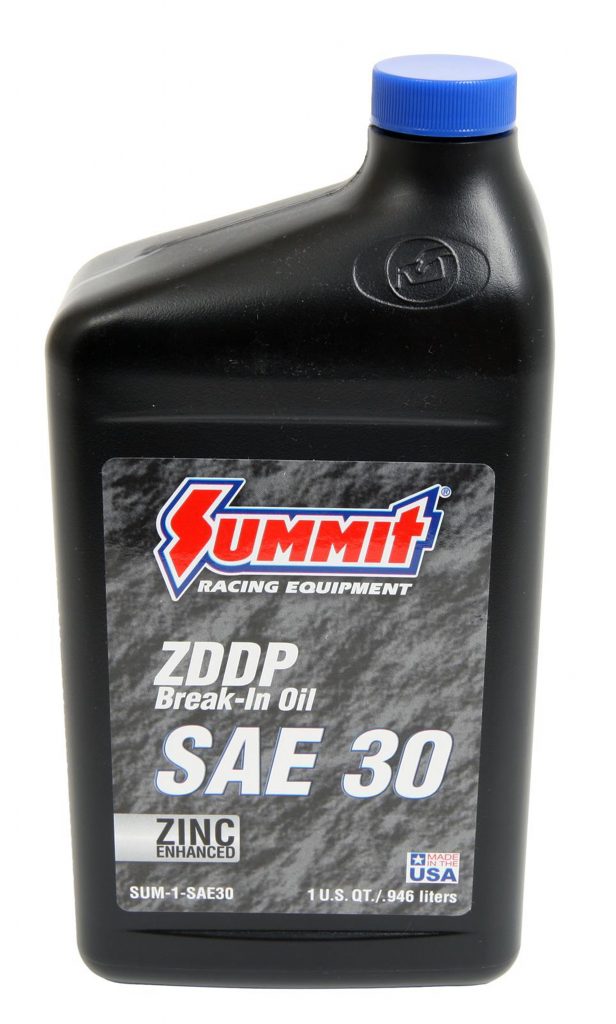
It’s important to always pressure lube the engine before firing. Then, carefully pre-set the initial ignition timing and prime the carburetor with fuel so that the engine will start on the first or second revolution. Avoid cranking the starter excessively as this wipes the lube off the cam lobes. Once the engine fires up, immediately bring it up to 2,250 to 2,500 rpm to ensure splash oiling the cam and lifters and constantly vary the rpm by at least 500 rpm to ensure that all the lifters are evenly lubricated.
All of this effort will produce the best chance for a successful cam break-in. Then all that’s left is enjoy the new-found power provided by that Summit Racing Muscle Car camshaft.
Summit Racing Small Block Muscle Car Camshaft Part Numbers, Specs & Comparison Chart
We’ve included a chart below, but CLICK HERE if you want a downloadable/printable PDF comparison spec chart of all the Summit Racing Small Block Muscle Car Camshafts.
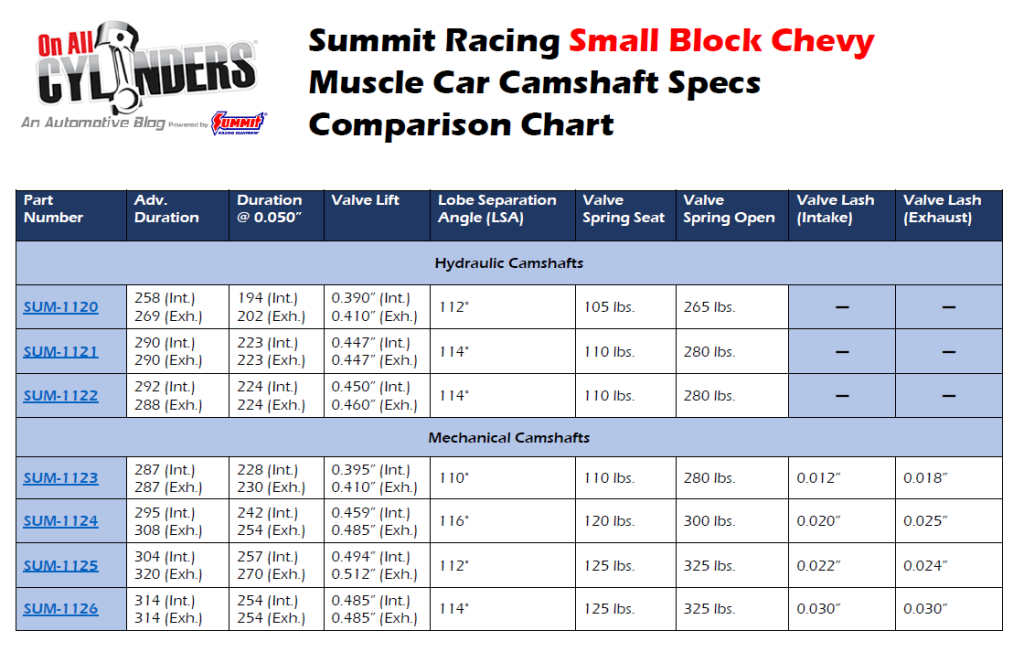
| Chevy Part Number | RPO Number | Summit Racing Cam Part Number |
|---|---|---|
| 3896929 | L-48 | SUM-1120 |
| 3863151 | L-79 | SUM-1121 |
| 3896962 | L-82 | SUM-1122 |
| 3736097 | L-76 | SUM-1123 |
| 3972178 | LT-1 | SUM-1124 |
| 3849346 | Z28 | SUM-1126 |
| 3927140 | Z28 Off-Road | SUM-1125 |
Summit Racing Small Block Muscle Car Camshaft Parts List
- SUM-1120 – Summit Racing Muscle Car Cam, L-48
- SUM-1121 – Summit Racing Muscle Car Cam, L-79
- SUM-1122 – Summit Racing Muscle Car Cam, L-82
- SUM-1123 – Summit Racing Muscle Car Cam, L-76
- SUM-1124 – Summit Racing Muscle Car Cam, LT-1
- SUM-1125 – Summit Racing Muscle Car Cam, Z28 Off-Road
- SUM-1126 – Summit Racing Muscle Car Cam, Z28
- TFS-21400001 – Trick Flow Hydraulic Lifters & Lash Adjusters
- SLP-AT-992 – Speed Pro Sealed Power Mechanical Lifters
- CCA-813-16 – COMP Cams Solid Lifters
- SUM-174001 – Summit Racing Valve Spring & Retainer Kit
- SUM-1-SAE30 – Summit Racing ZDDP SAE30 Oil
- SUM-1-10W30 – Summit Racing ZDDP 10w30 Oil
- SUM-901015 – Summit Racing Oil Pump Primer
- SUM-G1057-16 – Summit Racing Cam Degree Wheel

Hi guys, there are some inconsistencies in the cam cross reference above. For example, the (SUM-1123) 3736097 L76 cam was used in the 63 Corvette 327 rated at 340HP (not 365) and had an RPO code of L76. However, in 1964 & 65 there was also an RPO L76 (365HP 327) but it used the 3849346 cam that is also the 67-69 Z28 cam…
The (SUM-1123) 3736097 cam is affectionately known as the Duntov cam and appeared in 283s and 327s from 1957 to 1963 with varying amounts of HP ratings depending on cubic inches, carb(s), or fuel injection. This is the cam I recently purchased from Summit after a lot research and phone calls to your manufacturer and Summit customer service. We finally figured out that sum-1123 is the duntov 097 cam for a 62 Corvette 340hp 327, this is what I was looking for.
I used the “Corvette by Numbers” book by Alan L. Colvin, the “Corvette Black Book” by Mike Antonick, Catalogue data from Elgin industries to figure this out.
I think that if you updated and expanded your descriptions of these cams at Summitracing.com you would sell a lot more of them. I suggest using the above-mentioned sources as well as the “Chevy by Numbers” (60-64 & 65-69) books written by Alan Colvin.